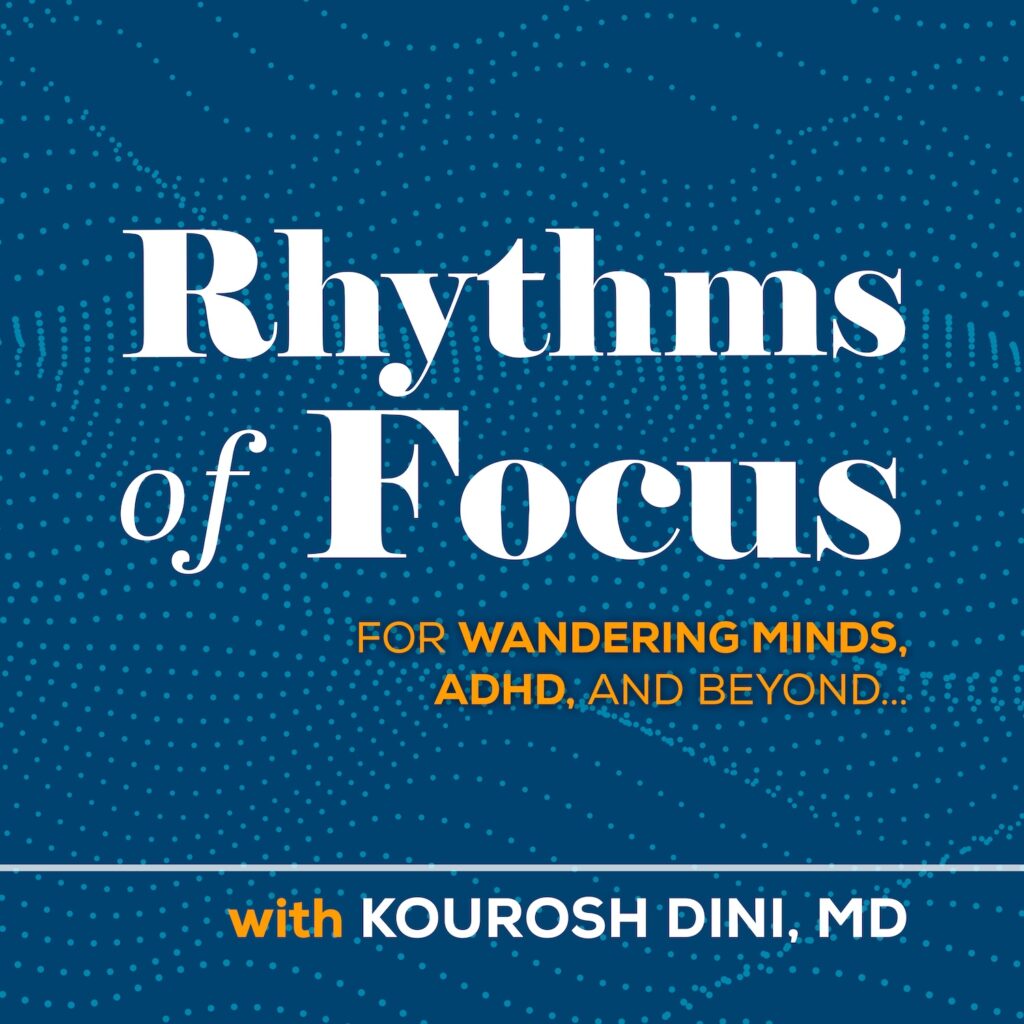We cannot do everything we wish. Such is the human condition.
But we can create structures, whether in words, lists, gadgets, and more, to hold things aside while we focus on the moment.
Any system we use to manage our work or play should be able to reliably hold the answer to these three questions…
- What options have I considered for this moment?
- Where would I like to be in this moment?
- Where would I like to be beyond this moment?
To this end, I encourage the following three practices:
- Using a Visit-Based model of working
- Learning to anchor in the moment
- Honoring Past, Present, and Future Selves
1. Practice Visit-Based Work
A visit-based approach is one in which we are not enslaved to the work. Rather than say,
“I must do the work, otherwise the work will not be done,”
We can instead say,
“I will visit this for as long or as short as makes sense to me, judging by my own feelings of where I am in the moment.”
Questions of how the work gets done certainly arise. But when addressed, a visit-based system can lead to a rhythm of engagement that allows us to tune in and find a more genuine connection between work and play. We often come out feeling relaxed, refreshed, and sometimes looking for more.
The shift is not simple, but if you are looking for a start, you can do so with this free PDF – Your First Step to Breaking Free From Force-Based Work.
2. Practice Anchoring
It may not be sexy, but **learning how to make a decision is likely the most important practice of productivity**.
Anchoring is about acknowledging current conditions, both internal and external.
Anchoring is a practice of:
- mindfully recognizing where you are in this moment,
- acknowledging the options you have,
- choosing one option with which to move forward,
- while knowing full well that you can anchor again at any time.
We assess and decide, choosing where we want our mind to be. It sounds simple. It can even sound as if it were something we do automatically. But I don’t believe it is.
And particularly for a wandering mind, anchoring can be absolutely transformational.
For a condensed lesson on the technique, check out the Youtube video: The Anchor Technique – a Powerful Method for Reducing Scatter and Grounding Decision
3. Practice Honoring Past, Present, and Future Selves
Many of us try to address our work by jotting ideas onto sticky notes, creating multiple lists, or carefully crafting connections between a task manager and calendar.
But, too often, we burden the Future Self with our hopes and concerns, leaving our Present Self to collapse under the demands of the moment, and so become enraged at our Past Selves for leaving us here. Anyone who has found too much to do and turned to yet another app can likely attest to the pains involved.
But, by acknowledging and even honoring the limits of the human mind, we can instead create a Guide unique to ourselves. A Guide can present the larger picture, help us continue our current work and play with whatever energy we have in the moment, while still acknowledging whatever we need to continue the worlds we’ve already built.
With this support, we can gradually fold a desired future into the present at a pace that works.
The Visit, Anchor, and Guide are the three main components of the Waves of Focus Methodology. When practiced, they help us find not only a greater sustainable calm to our days, they also help us to face and manage the world before us.
– Kourosh
PS Module 7, The Guide at WavesofFocus.com, is now complete and available to members. A solid Guide can help you transition from a state of overwhelm to one of knowing where you are, where you’d like to be, and allowing you your pace to make it happen where possible.







